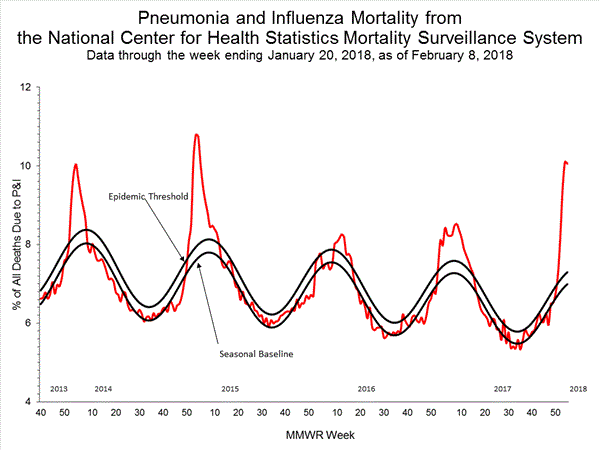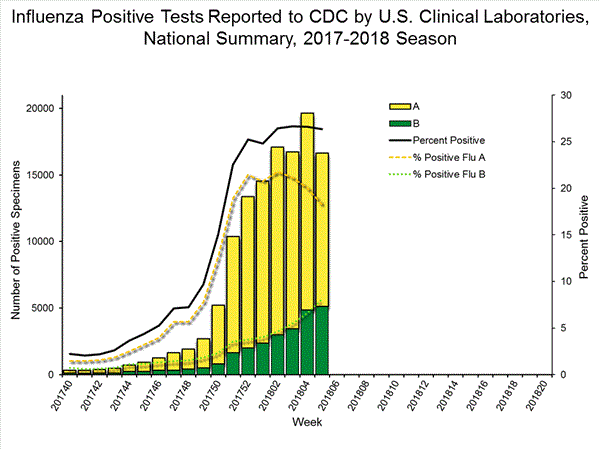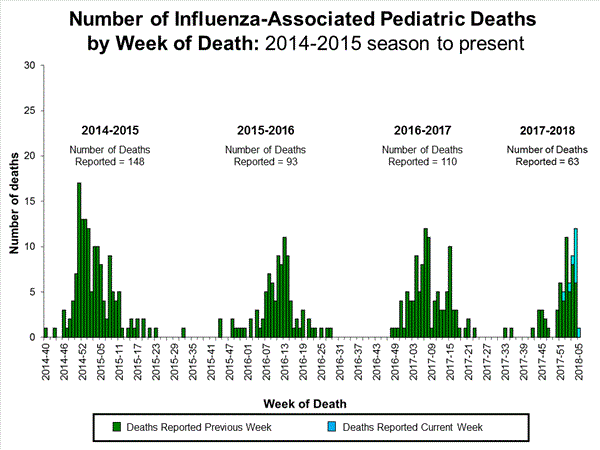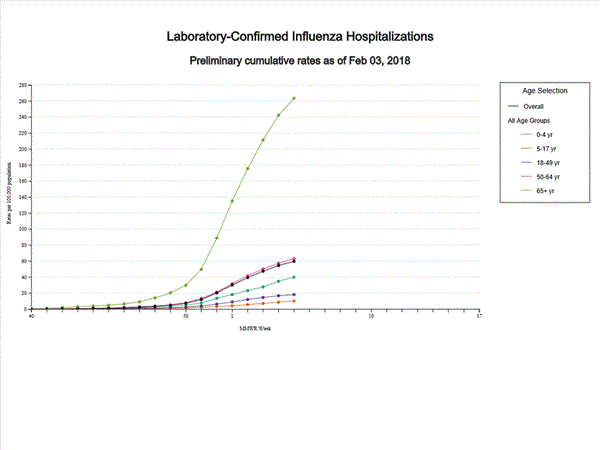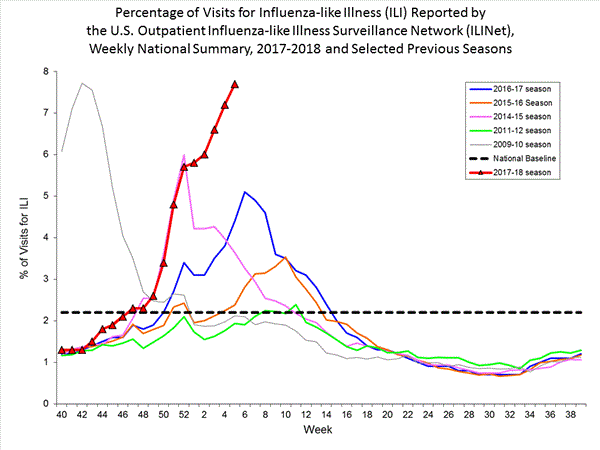Archive for February, 2018
Vitamin A deficiency threatens the vision and lives of millions of children in sub-Saharan Africa, but biofortified staple crops could provide a nutritional safety net.
Tuesday, February 13th, 2018Hopkins/Bloomberg Public Health
“….Yet while supplements work wonders—UNICEF estimates that if every child who needed supplements received them, as many as 1 million lives could be saved each year—even massive distribution campaigns can’t reach everyone who requires them. And industrially fortifying foods does not always work in developing countries, where it can be difficult to identify a commonly eaten food that can be centrally—and reliably—processed. Several Central American countries, for example, have successfully reduced vitamin A deficiency by fortifying sugar with vitamin A; but….attempts to do so in Zambia failed due to flawed fortification processes.….
Biofortification would allow vulnerable populations to grow and eat their own nutritionally enhanced crops, sidestepping many of the obstacles to supplementation and industrial fortification.”
The highest number of measles cases to date in the EU since 1 January 2017 were in Romania (10 623), Italy (4 991), Greece (1 463) and Germany (926).
Tuesday, February 13th, 2018Far-UVC efficiently inactivates airborne aerosolized viruses, with a very low dose of 2 mJ/cm2 of 222-nm light inactivating >95% of aerosolized H1N1 influenza virus.
Monday, February 12th, 2018Far-UVC light: A new tool to control the spread of airborne-mediated microbial diseases
- Scientific Reports; volume 8, Article number: 2752 (2018)
- doi:10.1038/s41598-018-21058-w
“Airborne-mediated microbial diseases such as influenza and tuberculosis represent major public health challenges. A direct approach to prevent airborne transmission is inactivation of airborne pathogens, and the airborne antimicrobial potential of UVC ultraviolet light has long been established; however, its widespread use in public settings is limited because conventional UVC light sources are both carcinogenic and cataractogenic. By contrast, we have previously shown that far-UVC light (207–222 nm) efficiently inactivates bacteria without harm to exposed mammalian skin. This is because, due to its strong absorbance in biological materials, far-UVC light cannot penetrate even the outer (non living) layers of human skin or eye; however, because bacteria and viruses are of micrometer or smaller dimensions, far-UVC can penetrate and inactivate them. We show for the first time that far-UVC efficiently inactivates airborne aerosolized viruses, with a very low dose of 2 mJ/cm2 of 222-nm light inactivating >95% of aerosolized H1N1 influenza virus. Continuous very low dose-rate far-UVC light in indoor public locations is a promising, safe and inexpensive tool to reduce the spread of airborne-mediated microbial diseases.”
The upcoming monsoon season in Bangladesh could put tens of thousands of Rohingya refugees staying at the highly congested settlements in Cox’s Bazar district at serious risk.
Monday, February 12th, 2018- At least 100,000 refugees could be in grave danger from landslides and floods.
- Up to one third of the settlement area could be flooded
- More than 85,000 refugees could lose their shelters.
- Another 23,000 refugees living on steep slopes within the site could be at risk of landslides.
- key services in the settlement are also at risk of being washed away, including latrines, washrooms, tube wells, and health centers.
Rain comes to Cape Town: The South African Weather Service recorded 6 millimeters of rain, or about 0.24 inches, at Cape Town’s Slangkop Lighthouse overnight.
Sunday, February 11th, 2018https://www.youtube.com/watch?v=yQShavaAGXQ
https://www.youtube.com/watch?v=4B_-jId9NFo
A Russian airliner has crashed after leaving Moscow’s Domodedovo airport, killing all 65 passengers and six crew on board. The cause is unclear at this point.
Sunday, February 11th, 2018Methylene blue & Malaria
Sunday, February 11th, 2018“……Methylene blue, a dye used to stain tissues viewed under a microscope, can be taken by tablet or injection, and is sometimes used to treat urethral infections and a hemoglobin disorder.

But the dye also kills the malaria parasites in the gametocyte stage, the point at which mosquitoes pick it up from human blood and pass it on to new victims.
Most malaria drugs do not target gametocytes, meaning that someone may still spread the disease for a week or more after treatment……”
double-decker bus crashed in a Hong Kong suburb on Saturday evening, killing 18 people and injuring dozens more
Sunday, February 11th, 2018At least 50 people including kids have fallen ill after inhaling poisonous chlorine gas which leaked from a drum inside a factory in Howrah’s Ghushuri
Saturday, February 10th, 20182017-2018 Influenza Season Week 5 ending February 3, 2018
Saturday, February 10th, 2018Synopsis:
During week 5 (January 28-February 3, 2018), influenza activity increased in the United States.
- Viral Surveillance: The most frequently identified influenza virus subtype reported by public health laboratories during week 5 was influenza A(H3). The percentage of respiratory specimens testing positive for influenza in clinical laboratories remained elevated.
- Pneumonia and Influenza Mortality: The proportion of deaths attributed to pneumonia and influenza (P&I) was above the system-specific epidemic threshold in the National Center for Health Statistics (NCHS) Mortality Surveillance System.
- Influenza-associated Pediatric Deaths: Ten influenza-associated pediatric deaths were reported.
- Influenza-associated Hospitalizations: A cumulative rate of 59.9 laboratory-confirmed influenza-associated hospitalizations per 100,000 population was reported.
- Outpatient Illness Surveillance:The proportion of outpatient visits for influenza-like illness (ILI) was 7.7%, which is above the national baseline of 2.2%. All 10 regions reported ILI at or above region-specific baseline levels. New York City, the District of Columbia, Puerto Rico and 43 states experienced high ILI activity; three states experienced moderate ILI activity; two states experienced low ILI activity; and two states experienced minimal ILI activity.
- Geographic Spread of Influenza:The geographic spread of influenza in Puerto Rico and 48 states was reported as widespread; two states reported regional activity; the District of Columbia and Guam reported local activity; and the U.S. Virgin Islands reported sporadic activity.
